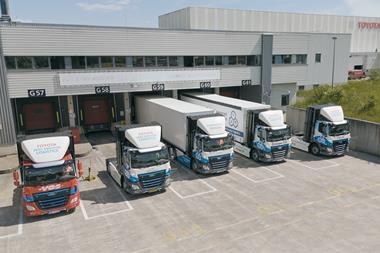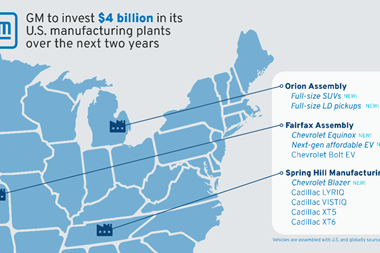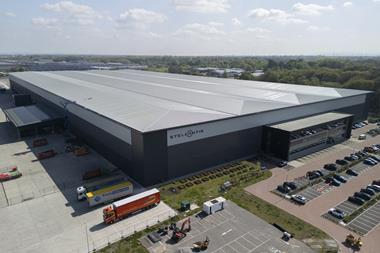
The China Automotive Logistics Association (CALA) is planning to test four new car carrier models that are longer than the current standard in China as part of a feasibility study for their introduction in the country. The study is subject to approval at this month’s CALA conference held in Beijing.
“The plan is to test the car carriers, two from Lohr and two from Tianjin Anda,” Chris Zuo, Assistant General Secretary at CALA told Automotive Logistics. “These carriers are all more than 20 metres, longer than the 16.5-metre standard in China.”
Efficiency is hampered in finished vehicle logistics in China in part because the current legal length for carriers is based on an old standard for trailers that does not take into consideration the requirements of today’s vehicle movements, according to Zuo. The problem is compounded by variations between the country’s provinces. As many as 80% of car carriers have been estimated to be overloaded and in breach of regulations. The price of fines are often factored into operating costs.
Finished vehicle movements in China are in focus following February’s 25% increase in new vehicle sales on the same month last year (a 12% increase on January this year). The increase, driven by incentive packages recently introduced by the Chinese government, may be short-lived but is expected to continue in March. The government has cut the sales tax on small-engine passenger cars to boost sales of fuel-efficient vehicles and compensate the country’s 25% drop in exports.
Furthermore, this week the Finance Ministry also introduced a cash-back stimulus package for consumers living in the country’s vast rural areas who buy new light trucks and minivans. Farmers who make a new purchase will receive the equivalent of 10% of the vehicle's price, with a maximum subsidy of RMB 5,000 ($730).
The subsidy is expected to benefit GM’s joint venture SAIC-GM-Wuling, which is reported to have a 50% share of the Chinese market for those vehicles.


































